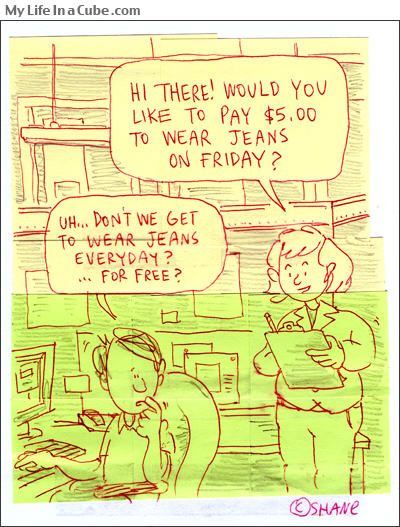“Most successful examples of values don't use 'attitudinal values' (as in 'I value...'). Instead, they simply clarify what the particular organisation believes is important, and the behaviours it requires from its employees to support this prioritisation.
“So what we should be doing, rather than trying to draw out something about the organisation's (and therefore its' employees) identity, is to specify what the organisation holds to be important, and which can support its competitive advantage.
“And I think what I'm saying here, is that organisation's need a clear idea of their own mojo, which can then be translated into employee behaviour.”
I agree that company values that only hang on a wall plaque have very little use. Another crucial element of this equation is how to bring those values to life -- how to get employees to understand precisely which behaviors exemplify those values and what those behaviors look like in their every day tasks.
I've written extensively about this and how strategic employee recognition can be the tool to bring those values to life in a meaningful way. With strategic recognition, anyone nominating someone for recognition must tie that behavior deserving of recognition to a company value with a defining reason. For example: “John really behaved with INTEGRITY when reporting that sticky situation with customer X.” or “Susan showed great DETERMINATION in meeting the project deadline in a very tough situation.”
In this manner, recognition recipients begin to truly internalize behaviors and attitudes that support company goals. With values-based strategic recognition, companies can reinforce precisely the employee behavior they need while doing so through a common language of the company’s values.
What are your values? Do they merely define your company’s (desired) identity? Or do they actually change employee actions positively? Be sure to take our weekly poll.
















